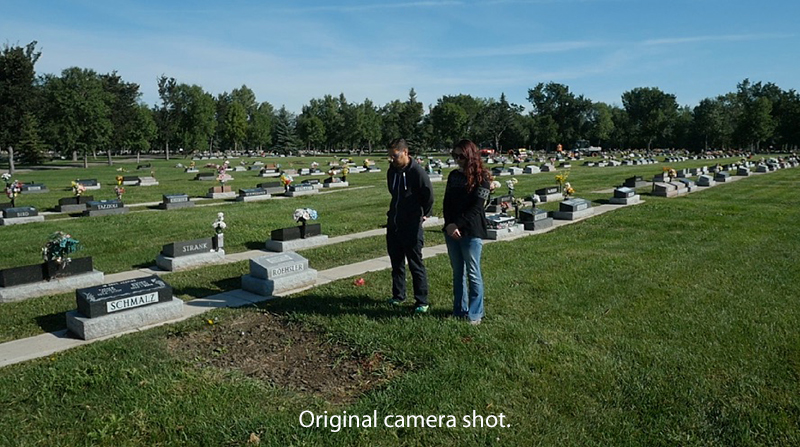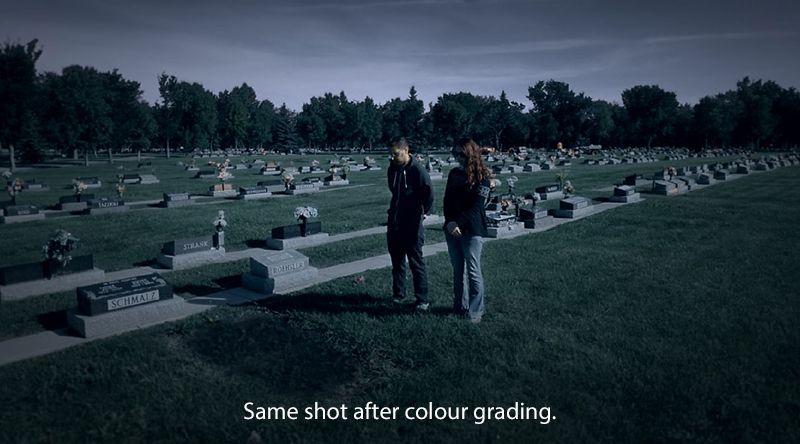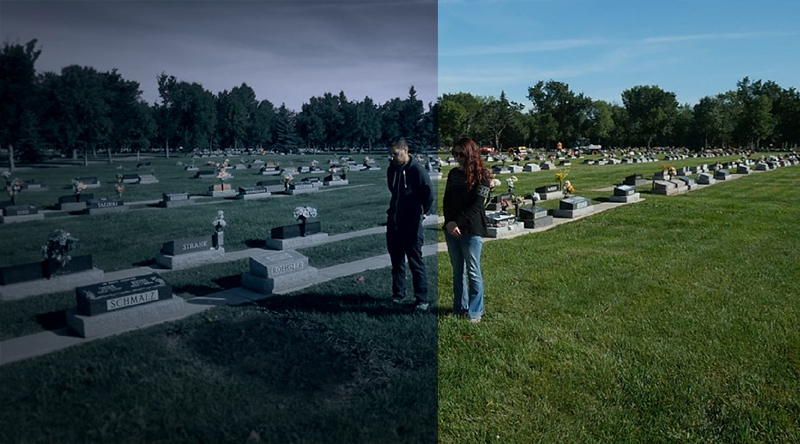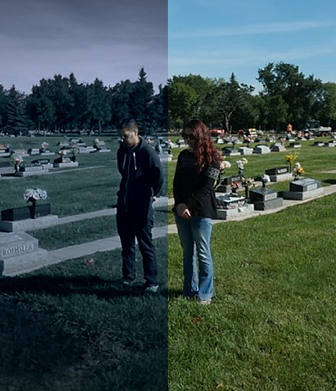Making the Grade at Java Post: A quick example of Colour Grading
Topics: Java Blog
In film and television, one of the most powerful post-production techniques for creating images that convey emotional tone and mood is colour grading.
Many people are familiar with the term "colour correction." Any amateur photographer with PhotoShop knows about using colour correction to correct (duh) colours in photographs. That white shirt on Uncle Ray looking a little green? The skin tones on Aunt Marlene looking a little orange? Colour correction to the rescue. These days, even our smartphones have colour correction apps.
Colour grading (or "color" grading, for those who spell it that way) is, for lack of a better description, colour correction taken to a higher, dare we say even artistic level. The colour and shading in an image is shaped and manipulated - sometimes subtly, sometimes quite drastically - to create a certain visual style and mood.
For example, on the television series Orphan Black - which is a show about a young woman who is one of several clones, each with its own individual personality - the scenes are colour graded differently, depending on which of the clones is featured in the scene. The colour palette changes to subtly reflect the personality of each different clone character.
Colour grading can also be used to overcome a technical issue or challenge, such as having a scene that takes place at night, but, due to things beyond your control (budget, schedule, etc.), you are forced to shoot the scene during the day. It's not ideal, obviously, but good colour grading can help you work through a visual challenge like that. It's not an easy, guaranteed fix, but it can definitely help.
To give you a quick idea of how Java Post Production uses colour grading to modify the visual mood of a scene, here is a test example:

Above, you see the original camera shot, showing our two subjects standing in a cemetery. It's a bright, sunny morning with green grass and blue skies. You can almost hear the birds singing in the trees, can't you?
The thing is, we don't want this image to be bright and sunny and cheerful. We want this image to look grim and joyless and depressing. Because that's the kind of people we are at Java Post Production, darn it. (We're really not, honestly. Ask anyone who knows us. But, just for the sake of this example, let's pretend we are.)

Now here is that same image after it has been colour graded at Java Post Production. Pretty grim-looking. All that's missing is a cold, whistling wind and a sudden downpour. And keep in mind that our original shot was taken in bright sunlight. If it was originally shot on an overcast day or in the evening when the sun was behind the trees, the colour graded image would be even more desolate and depressing.
By the way, our colour grading artist used the cemetery scene in the Hollywood sci-fi movie Watchmen as the inspiration for achieving this visual look.

Here's a split screen showing the original "before" image on the right and the colour graded "after" image on the left.
If you'd like to add a little visual drama to your film, TV series, commercial or corporate video, CLICK HERE to get in touch with Java Post Production.
To see another Java Post Production project where colour grading was used to enhance drama and mood, click on the video link at the top of this post in the RELATED PROJECT.



